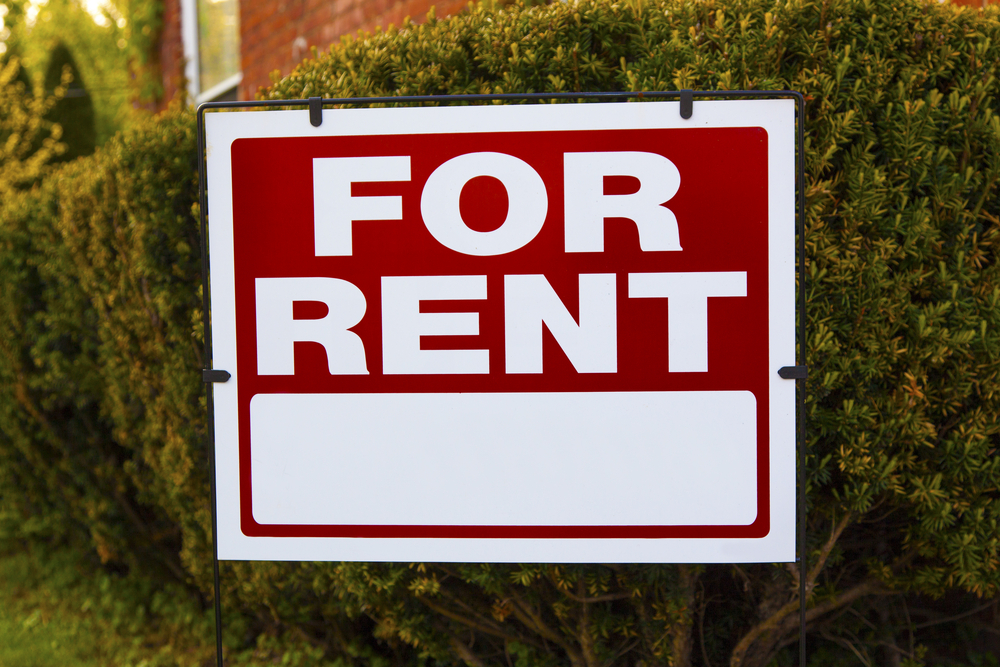Rents rose in all regions of the country in 2015 as increasing demand and low stock of available homes continued to push up prices, new figures have revealed. According to Countrywide, rents for newly-let homes grew by 3.1% in 2015, taking the average monthly rent in the UK up to £919. The East of England […]
 Rents rose in all regions of the country in 2015 as increasing demand and low stock of available homes continued to push up prices, new figures have revealed.
Rents rose in all regions of the country in 2015 as increasing demand and low stock of available homes continued to push up prices, new figures have revealed.
According to Countrywide, rents for newly-let homes grew by 3.1% in 2015, taking the average monthly rent in the UK up to £919.
The East of England saw the highest growth of 6.5%, while the central London market recorded the lowest with 0.5%.
Over a third (34%) of tenants who renewed their tenancy were hit with higher rents, an increase of 7% from last year. However, the average rent for renewing tenancies only grew by 1.3%, less than for those moving into a new home.
The imbalance between supply and demand has intensified competition for homes in the market.
The average property is now let within 20 days, two days quicker than it was in 2014, while the time to let has fallen across the country. Homes in the North of England and the Midlands are now let almost three days quicker.
Greater London as saw a slowdown in rental growth in 2015, but rents still rose by 4.7%.
As rents continue to rise and outpace earnings in London, tenants are increasingly looking to cheaper areas outside of the capital.
The number of under-25s living in the rental sector in London fell by 4% in 2015, the continuation of a longer-term trend.
Younger people and those in lower income brackets are finding it particularly hard to remain in the capital. Surrounding regions in the South of England have seen small growth in the proportion of under 25s in their market as Londoners look for more affordable markets.
Johnny Morris, research director at Countrywide, said: “A mix of steadily increasing demand and a lack of homes to rent supported rental growth in 2015, even though wage growth remained subdued. In the capital rising costs meant renters were more likely to move to outer London or the commuter belt in search of more affordable places to live.
“2016 looks to be a complicated year for landlords as the government focuses its efforts on boosting homeownership. The additional 3% stamp duty charge, stricter regulation and changes to tax relief from 2017 onwards will all take their toll on investor sentiment and impact behaviour.
“With stock at a premium, the smaller landlords who decide to sell up will add upward pressure to rents, although any rises will be tempered by affordability pressures.”
Average rent for newly-let property
| Region | Average rent in Q4 2015 | Average rent in Q4 2014 | Year-on-year increase in rent |
| Greater London | £1,292 | £1,234 | 4.7% |
| Central London | £2,497 | £2,485 | 0.5% |
| East of England | £945 | £887 | 6.5% |
| South East | £1,139 | £1,118 | 1.9% |
| South West | £816 | £784 | 4.1% |
| Midlands | £663 | £651 | 1.8% |
| North | £636 | £627 | 1.4% |
| Scotland | £662 | £637 | 3.9% |
| Wales | £666 | £648 | 2.8% |
| Total | £919 | £891 | 3.1% |














